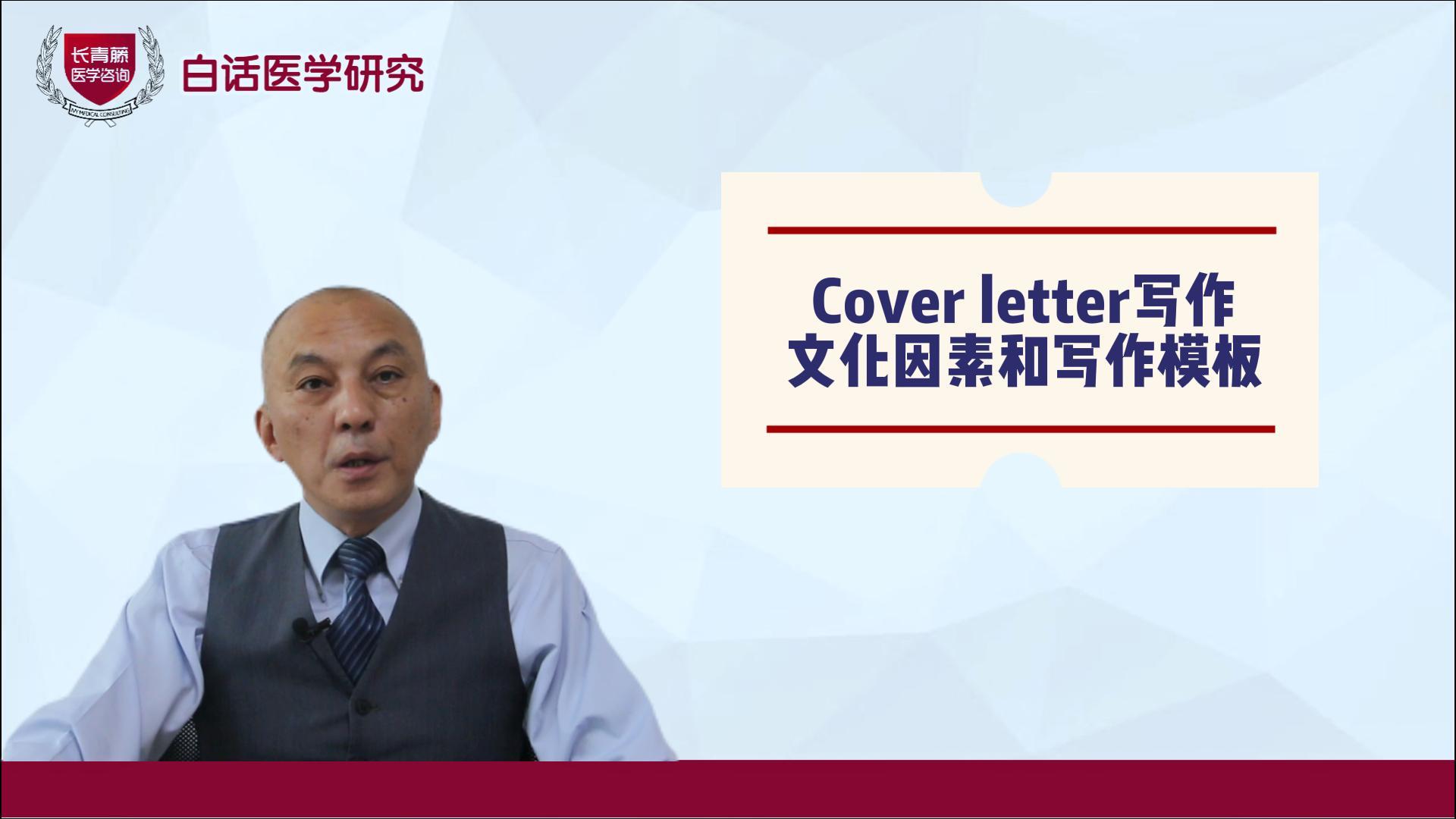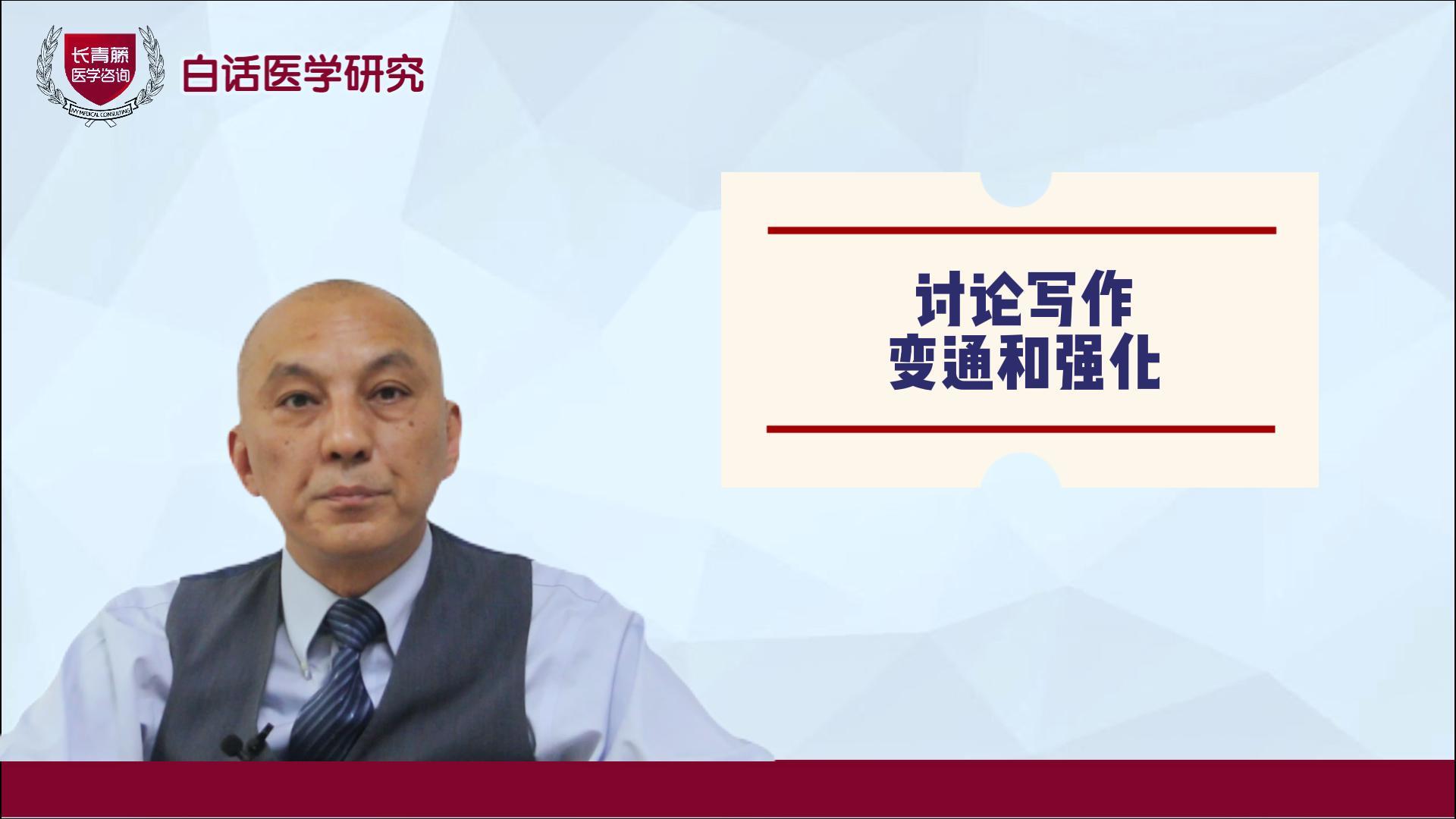Comparison of amlodipine/valsartan fixed-dose combination therapy and conventional therapy
单片复方 (SPC) 抗高血压药物已经被证明可改善依从性,但花费较高。本研究在应用二氢吡啶类钙通道阻滞剂(DHP-CCB)或血管紧张素受体拮抗剂(ARB)初始单药治疗失败的患者中,比较了应用氨氯地平/缬沙坦SPC(商品名Exforge)治疗与传统联合治疗的效果以及花费-效益比。
目的:单片复方 (SPC) 抗高血压药物已经被证明可改善依从性,但花费较高。本研究在应用二氢吡啶类钙通道阻滞剂(DHP-CCB)或血管紧张素受体拮抗剂(ARB)初始单药治疗失败的患者中,比较了应用氨氯地平/缬沙坦SPC(商品名Exforge)治疗与传统联合治疗的效果以及花费-效益比。
设计:研究者开展了一项回顾性队列研究,研究对象为DHP-CCB或 ARB单药治疗失败转而接受氨氯地平/缬沙坦SPC(SPC组)治疗或不包括任何SPC治疗(对照组)的患者。两组患者根据年龄、性别、种族、基线血压(BP)和合并症进行配对。研究主要终点包括达到BP达标患者所占的比例、BP相对基线的绝对变化、因药物不良反应而终止治疗的患者比例、不依从药物治疗的患者比例以及医疗资源利用和成本。
主要结果: SPC组有58例患者达到BP控制目标,对照则为47例(P = 0.119)。SPC组BP的绝对降低幅度(-22.8±6.9/-19.3±5.2 mm Hg)显著大于对照组(-20.6±6.4/-17.8±5.6 mm Hg) (P < 0.03)。SPC组与对照组相比,因不良反应停止抗高血压治疗以及不依从的患者均显著较少(P值均=0.042)。SPC患者累计就诊、实验室检查和心电图检查次数较少,但药物花费较高。然而,由于就诊成本低,6个月随访结束时,SPC组中位药物治疗成本显著较低。
结论:与单药治疗相比,应用氨氯地平/缬沙坦SPC BP的绝对降低幅度较大,因不良反应停用抗高血压药物以及不依从的患者较少。尽管SPC的购买成本高于单个药物,但SPC联合治疗能较少患者就诊、实验室检查和心电图检查的次数。结果,SPC治疗的总成本显著少于单药治疗的相关总成本
Comparison of amlodipine/valsartan fixed-dose combination therapy and conventional therapy
PURPOSE: Single-pill-combination (SPC) antihypertensive drug products have been shown to improve compliance but are associated with higher acquisition costs. This study compared the clinical and economic outcomes associated with the use of an SPC of amlodipine/valsartan (trade name Exforge) with the outcomes from conventional combination therapy in patients failing to respond to initial monotherapy with either a dihydropyridine calcium channel blocker (DHP-CCB) or an angiotensin receptor blocker (ARB).
DESIGN: We conducted a retrospective cohort study of hypertensive patients failing to respond to monotherapy with either a DHP-CCB or an ARB who were switched to an SPC of amlodipine/valsartan (SPC group) or to treatment that could not include any SPC (control group). The groups were matched for age, gender, race, baseline blood pressure (BP), and comorbidities. The primary outcomes of the study included the proportion of patients achieving BP targets, the absolute change in BP from baseline, the proportion of patients discontinuing drug therapy because of side effects, the proportion of patients non-compliant with drug therapy, and health care resource utilization and costs.
PRINCIPAL FINDINGS: Fifty-eight SPC patients achieved BP targets compared with 47 control patients (P = 0.119). The absolute reduction in BP was significantly greater in the SPC group (-22.8 +/- 6.9/-19.3 +/- 5.2 mmHg) than in the control group (-20.6 +/- 6.4/-17.8 +/- 5.6 mmHg) (P < 0.03). Significantly fewer patients discontinued anti-hypertensive therapy because of side effects and noncompliance in the SPC group compared with the control group (both P = 0.042). SPC patients accrued fewer clinic visits, laboratory tests, and electrocardiograms but had higher drug acquisition costs. Median medical therapy costs were significantly lower in the SPC group at the end of the 6-month follow-up, primarily because of lower costs for clinic visits.
CONCLUSION: The use of the SPC of amlodipine/valsartan was associated with greater absolute BP reductions and fewer antihypertensive drug discontinuations because of side effects and noncompliance compared with the use of the individual drugs. Although the acquisition cost of the SPC was greater than that of the individual drugs, SPC combination therapy resulted in fewer clinic visits, laboratory tests, and electrocardiograms. As a result, the total cost of SPC therapy was significantly less than that associated with the use of the individual drug components.
Malesker MA, Hilleman DE.
Plaza, Omaha





发表评论
注册或登后即可发表评论
登录注册
全部评论(0)